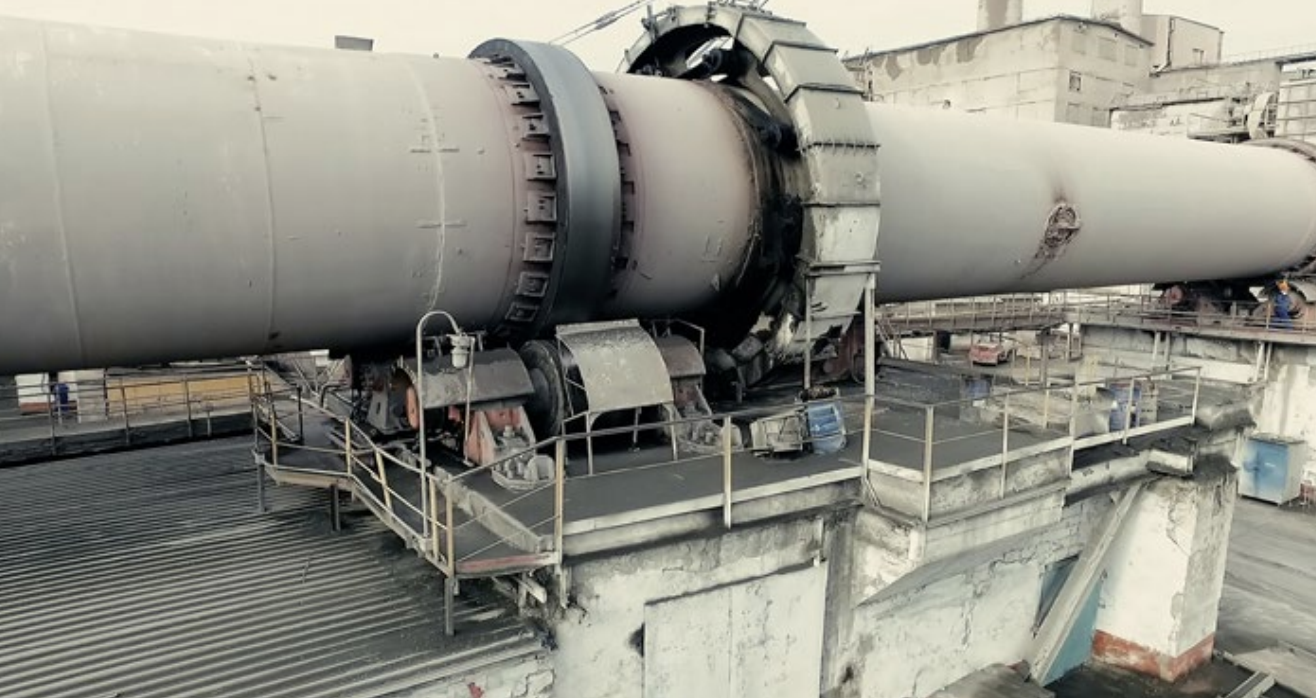FLSmidth has recently selected the VCM-3 field monitor from Brüel & Kjær Vibro (B&K Vibro) as an OEM installation on their cement kilns. This applies to both new customers requesting comprehensive monitoring capabilities, as well as a retrofit on existing kilns. These high quality, high performance kilns can now deliver optimal uptime by utilizing a dedicated vibration condition monitoring solution. Extensive research and development was done in collaboration with the project teams, where FLSmidth provided expertise on the equipment design, operation, maintenance and failure modes, and on their existing monitoring techniques, while B&K Vibro provided their expertise on data acquisition and processing, and optimizing measurement techniques for early and reliable fault detection.
Why Monitor A Kiln
The cement kiln is the heart of the cement plant and its capacity determines cement output of the plant. The kiln operates continuously with very few shutdowns. Shutdowns not only result in lost production, but the heating up and cooling down process is also long and thermally stressful, resulting in higher emissions, inefficient waste of energy, and a higher risk of maintenance issues with less sustainable operation. Therefore, unplanned shutdowns are expensive and have to be avoided at all cost. The inherent thin-walled design of the kiln, in relation to its size, also makes it vulnerable to shell deformation. For example, an intermediate capacity kiln of 5000 tonnes per day production will typically be 60m long, have a 5m diameter, but a shell thickness of just 20mm at the thinnest shell sections. Common shell deformation defects that can occur in a kiln are ovality and kiln crank. Ovality occurs on the shell area around the tyre and rollers, negatively affecting the refractory tiles on the inner part of the shell. This can be very costly in both lost production and maintenance repair resources. Kiln crank is an offset between the shell centerline and the axis of rotation, which can overload the rollers and the drive gear. This is also an expensive failure mode causing the rollers to fatigue and eventually break, again resulting in extended, unplanned downtime.

Monitoring strategy for the kiln
The slow rotational speed of the kiln and its sheer size make monitoring no easy task. One key reason the VCM-3 field monitor was selected for the task was because of its wide range of measurement techniques, that can be customized to the application using the Python calculation engine. The VCM-3 has been designed from scratch to monitor slow rotational machines and therefore is very relevant for monitoring the kiln. The following potential failure modes are being monitored:
- Kiln crank
- Shell ovality
- Drive gear faults (girth gear)
- Axial balance (bearing displacement measurement only, not bearing temperatures)
The measurement technique used for monitoring ovality is proprietary. The vibration data is processed in the VCM-3 data acquisition unit and is exported as scalar and time waveform values to the FLSmidth cloud. End-users can also access data in the cloud for their own monitoring and diagnostic purposes. FLSmidth offers kiln condition monitoring as a service, where the customer is ensured full support 24/7. The monitoring team is manned with experienced kiln specialists performing both failure mode analyses as well as predictive analysis for forecasting maintenance. Quarterly asset health reports are also issued to advise the customers and help them achieve highest equipment availability.
Results
A number of kilns equipped with the VCM-3 have already been delivered, and the feedback has been positive on the monitoring results. Other projects are in the pipeline. In summary, this monitoring solution represents a breakthrough within kiln predictive healthcare. Most critical failure modes can now be monitored continuously and reliably, which was not feasible with standard, off-the-shelf instrumentation. Previously, fault detection was only done by on-site intervention inspections once a year, or even less. This monitoring strategy success was fundamentally due to the close cooperative development efforts of FLSmidth and B&K Vibro working towards a common goal of delivering more value to the end-user.
Learn more about Condition & Vibration Monitoring Solutions from TechStar & BK Vibro
